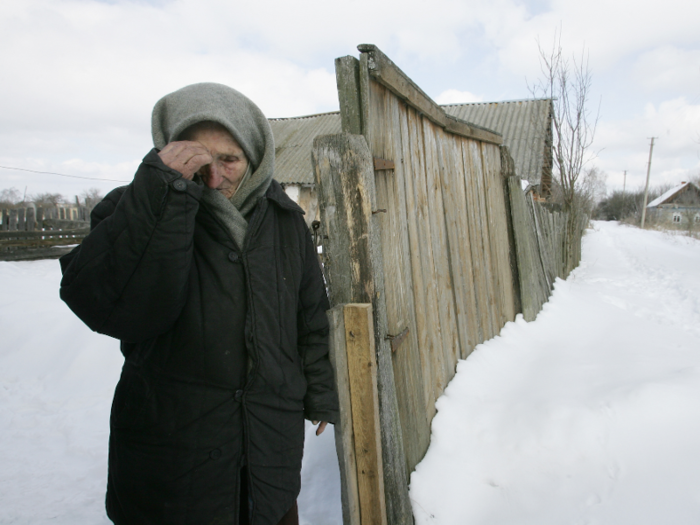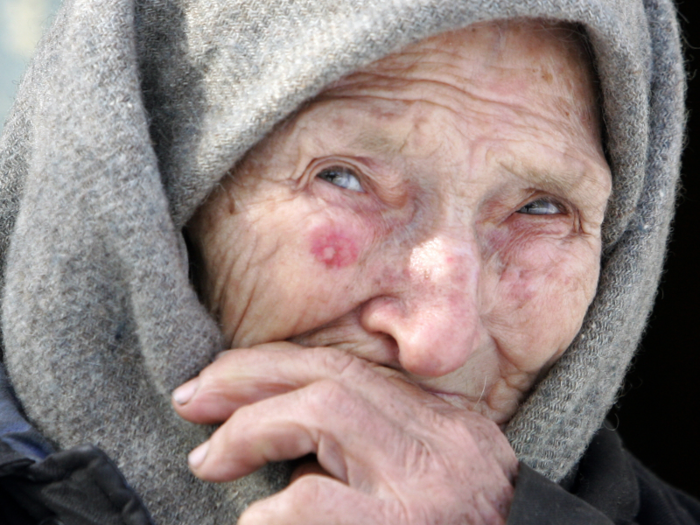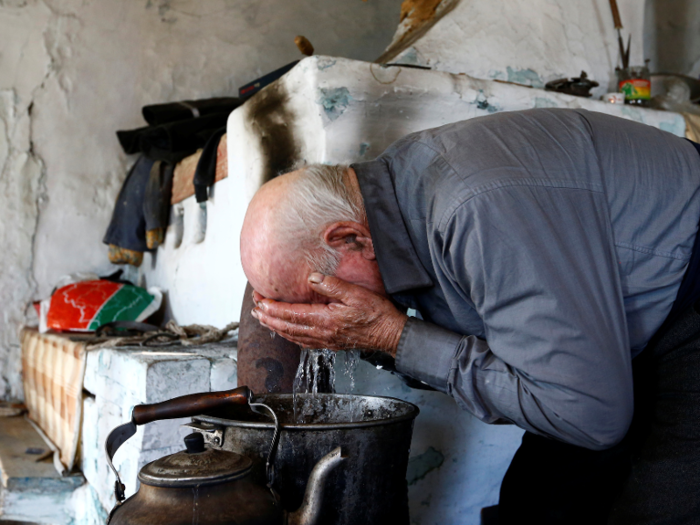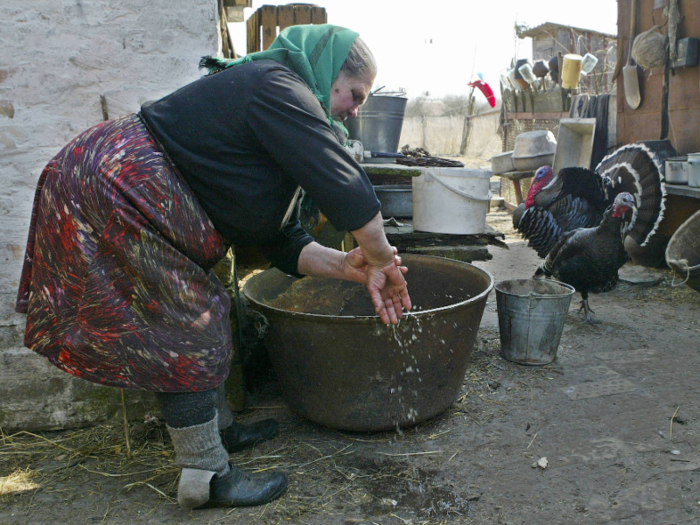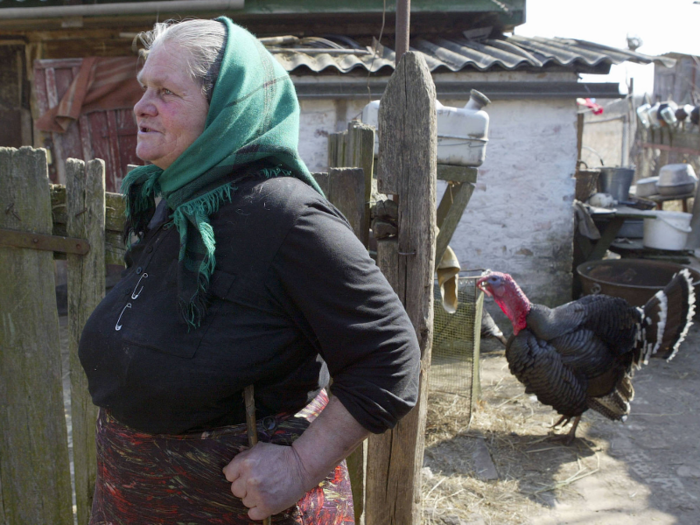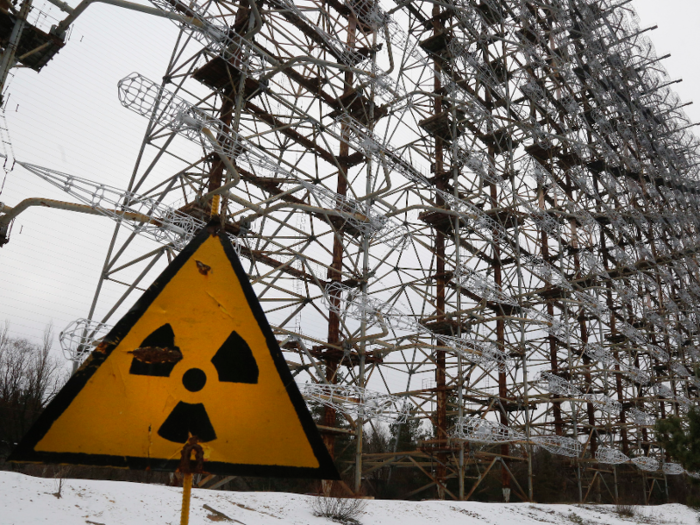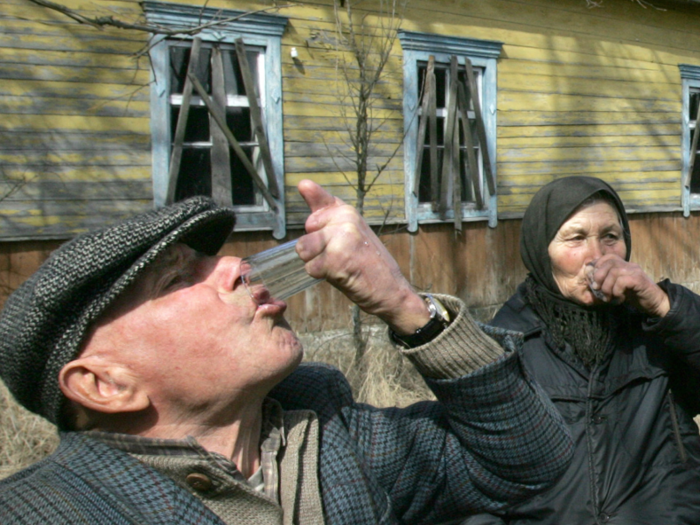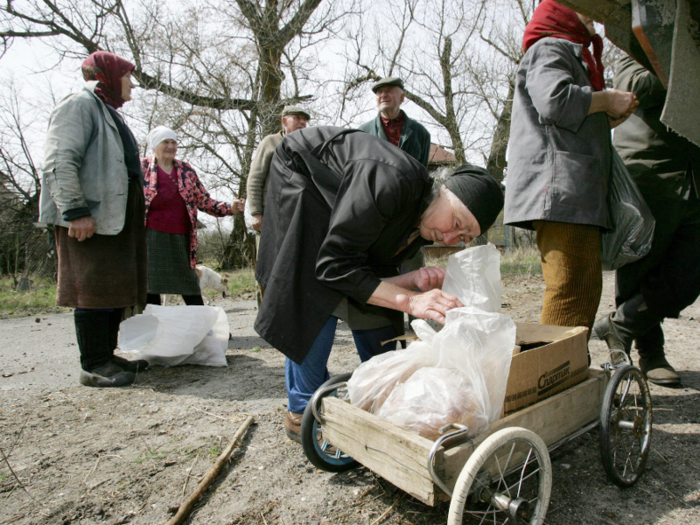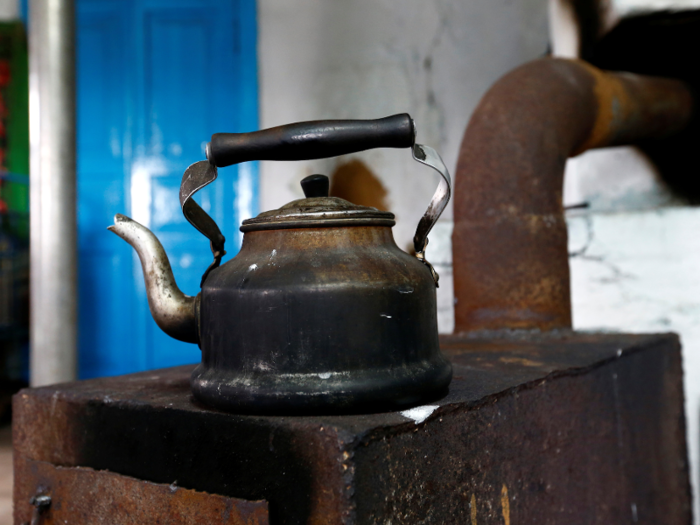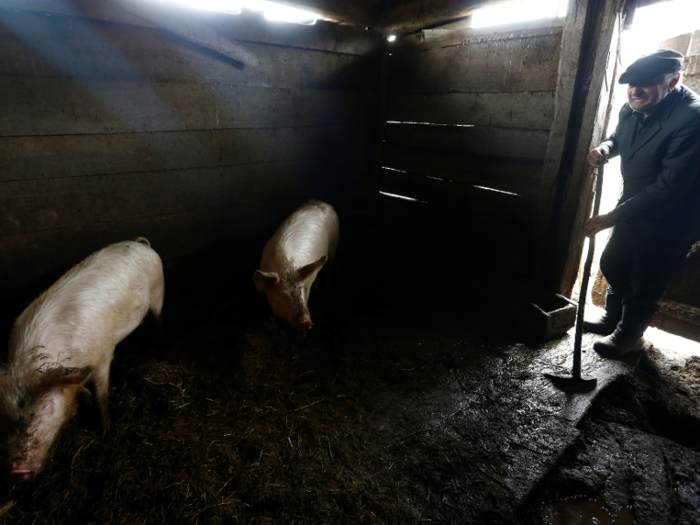- Home
- slideshows
- miscellaneous
- Photos show what daily life is really like inside Chernobyl's exclusion zone, one of the most polluted areas in the world
Photos show what daily life is really like inside Chernobyl's exclusion zone, one of the most polluted areas in the world
In April 1986, a reactor at the Chernobyl Nuclear Power Plant caused an explosion that sent a cloud of radioactive particles across parts of Europe. It was the world's worst nuclear disaster and the equivalent of 500 nuclear bombs.

Thirty-one people died in the explosion, and the areas surrounding the Chernobyl nuclear power plant were left permanently contaminated— they are now considered to be some of the most polluted areas on the planet.
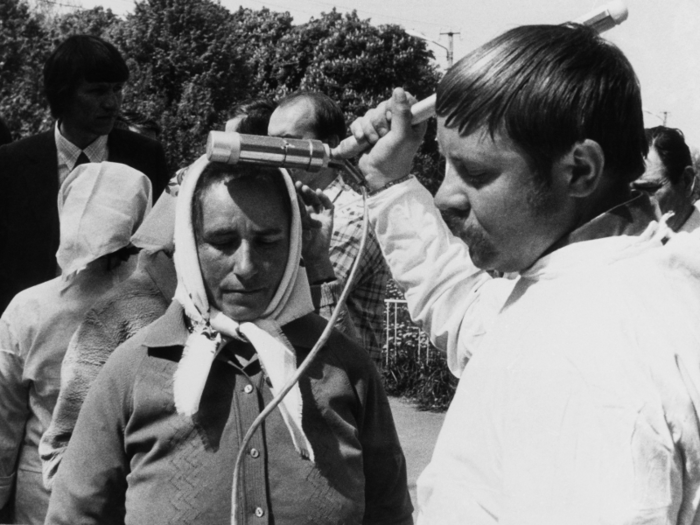
Source: Reuters
As a result of the Chernobyl nuclear disaster, a nuclear exclusion zone was established in 1986 around the area most heavily affected by the radiation. It spanned about a 19-mile radius around the Chernobyl power plant and was later expanded to cover more affected areas. Around 350,000 people were evacuated.
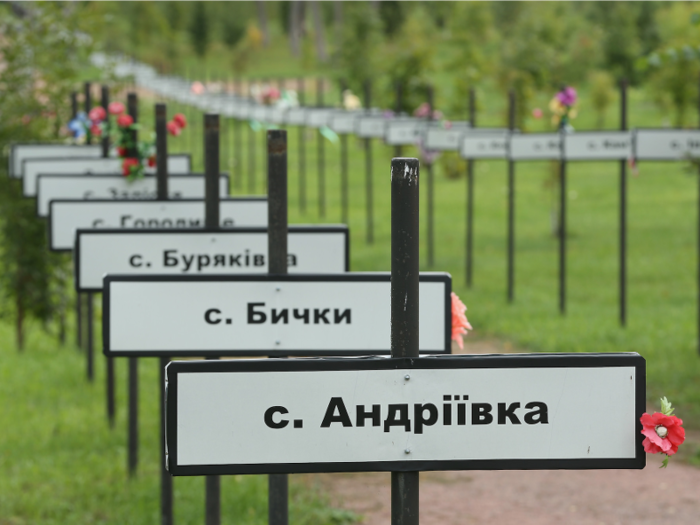
Without knowing it at the time, most evacuees left their homes and belongings behind forever, leaving hundreds of abandoned towns and villages in their wake.
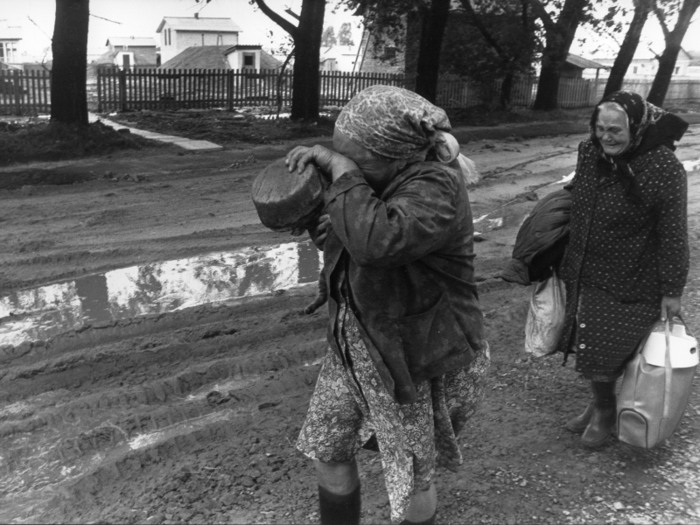
The Chernobyl Exclusion Zone is now the officially designated exclusion zone in Ukraine.
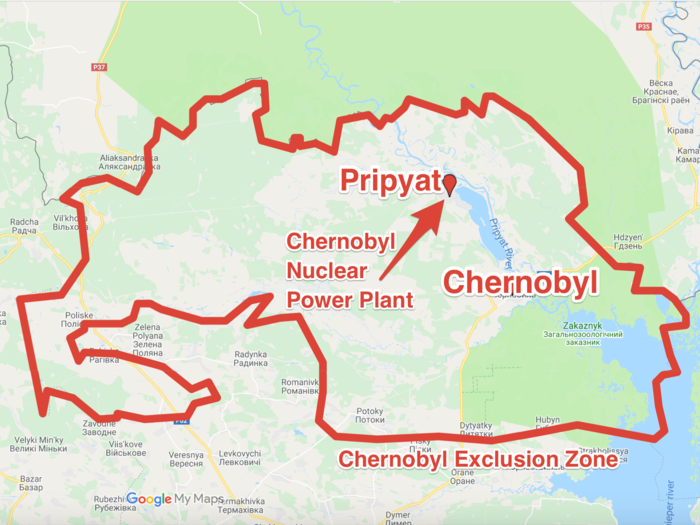
Source: visitchernobyl.com , BBC, USA Today
It adjoins the exclusion zone in neighboring Belarus, known as the Palieski State Radioecological Reserve. Though the explosion took place in Ukraine, much of the radiation from the Chernobyl disaster was blown north to Belarus.
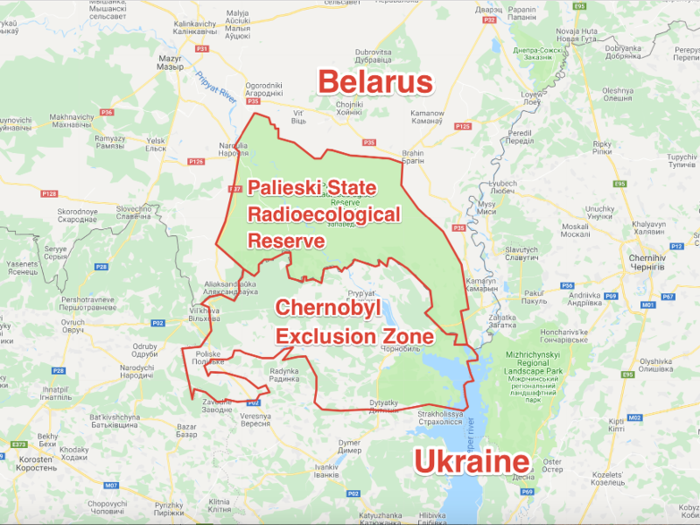
While the exclusion zone is considered to be too polluted for human habitation, the highly toxic air, water, and soil hasn't stopped some people from returning to their radiation-exposed homes and land.
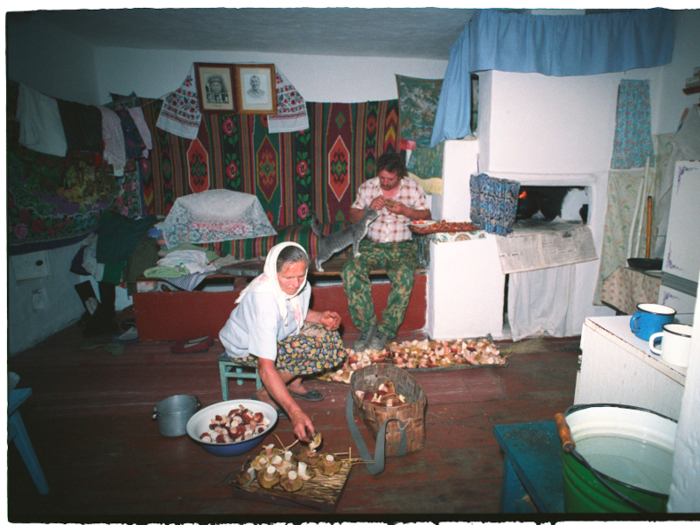
Source: The Guardian
Ivan Shamyanok, who told Reuters in 2016 that he lives in the Belarusian village of Tulgovich in the exclusion zone, refused the offer to relocate following the explosion.
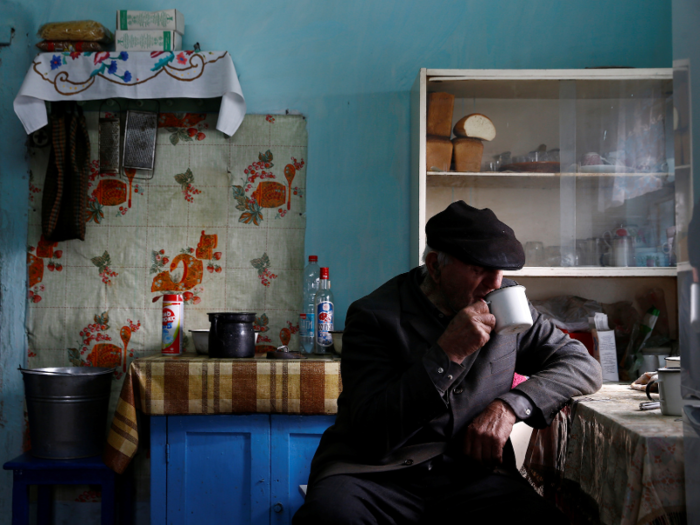
Source: Reuters
He said he has never felt any effects of radiation sickness, a prominent concern following the disaster in 1986.
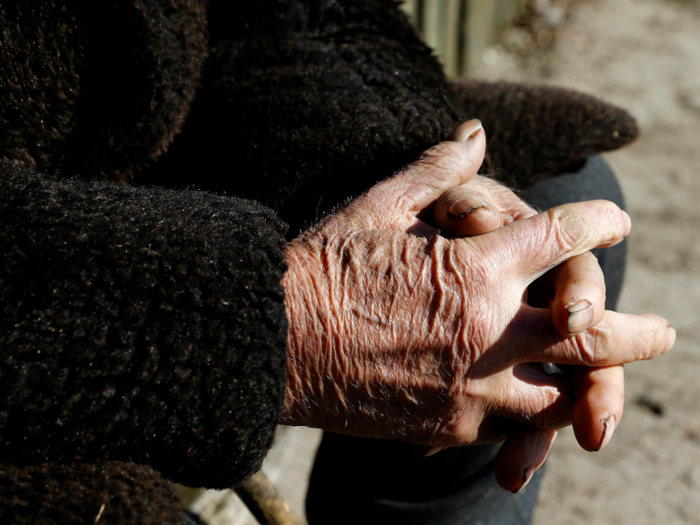
Source: Reuters
In fact, Shamyanok said he doesn't have any problems with his health. "I sing a little, take a turn in the yard, take things slowly like this, and I live," he told Reuters.
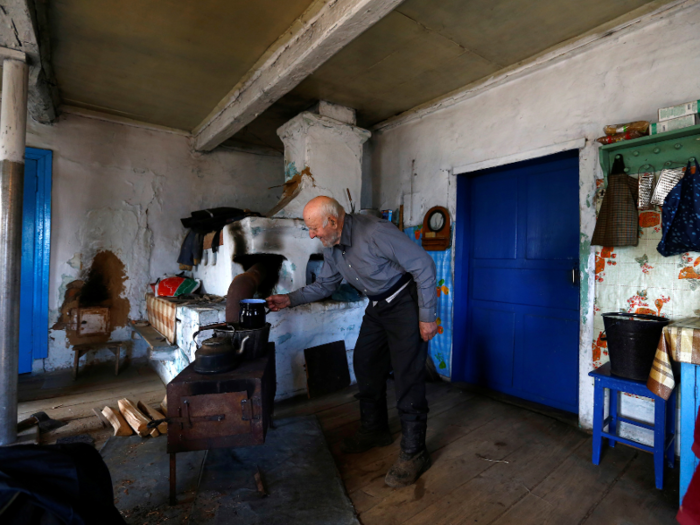
Source: Reuters
There are an estimated 200 "Samosely," or self settlers, who made the decision to ignore safety warnings and return to their villages following the 1986 meltdown.

Source: Adventure
The Samosely live in the estimated 162 villages within the exclusion zone.
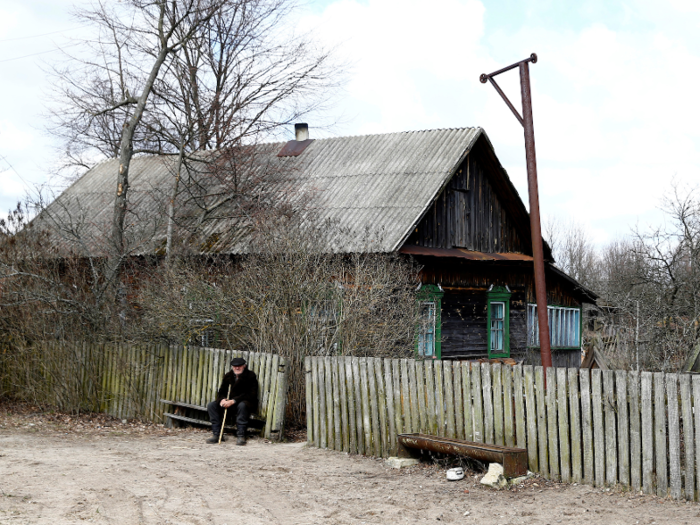
Source: Adventure and Business Insider
He said there weren't many people left in his village. "Will people move back? No, they won't come back," Shamyanok told Reuters in 2016. "The ones who wanted to have died already."
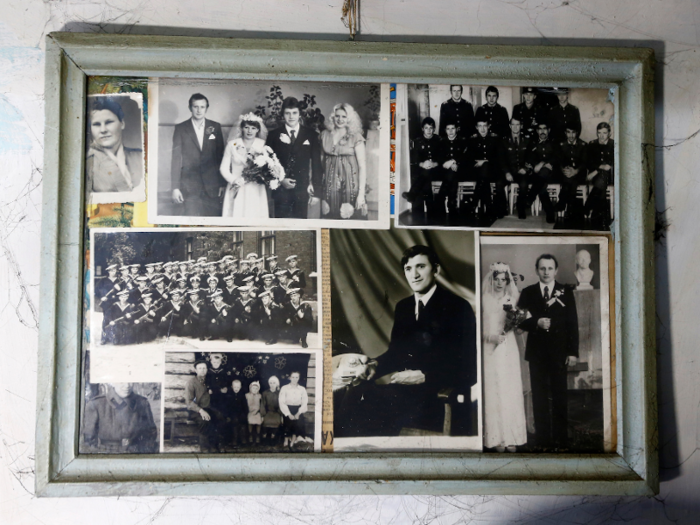
Source: Reuters
Especially for those who have ancestral ties to the land they were evacuated from.

Source: The Guardian
Ivan Semenyuk, who told Adventure in 2018 that he was 82 years old, said he was reluctant to obey evacuation orders in the days following the explosion in 1986, and he wouldn't have left if armed guards hadn't forced them to.
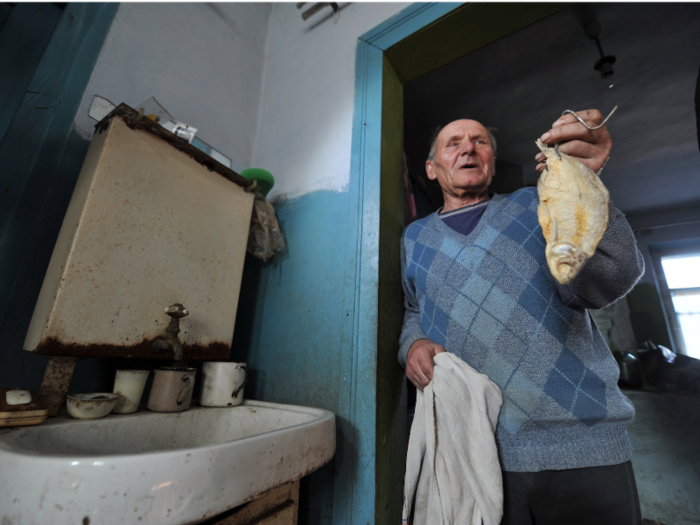
Source: Adventure
Semenyuk said that he returned to his village of Parishev, about eight miles from the nuclear power plant, two years after the explosion. He said that his wife Marya, pictured below, passed away in 2017.
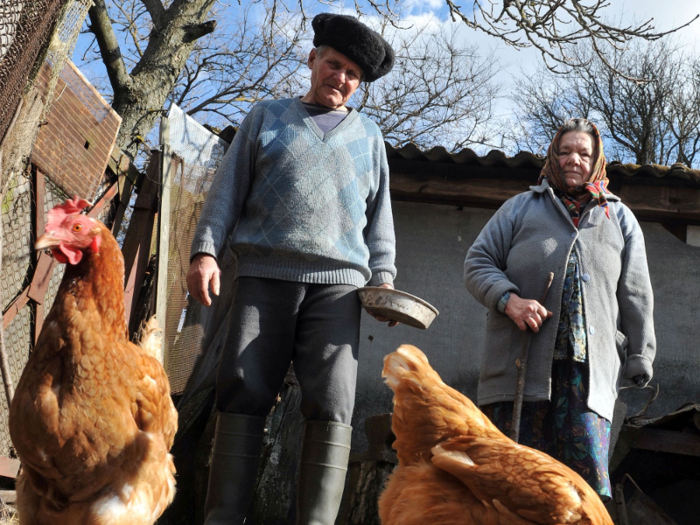
Source: Adventure
Semenyuk remembers what happened the night of the explosion — he could hear the glass in the window shaking, but even when he was told what had happened, he said he wasn't scared.
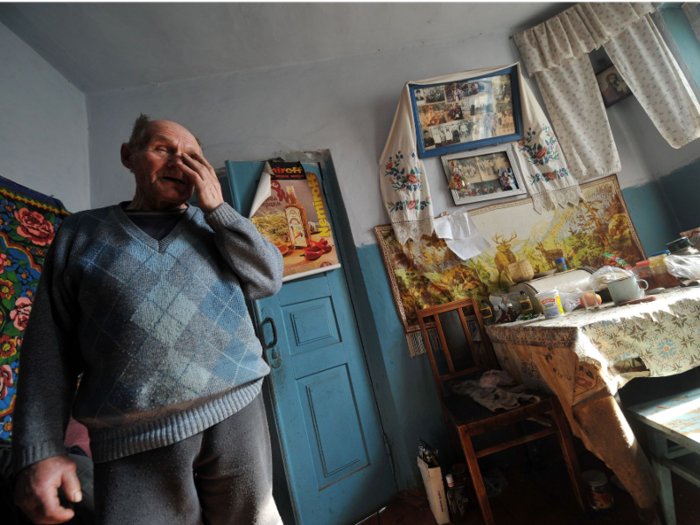
Source: Adventure
"I remember them handing out lots of alcohol to guard against the radiation," Semenyuk told Adventure in 2018.
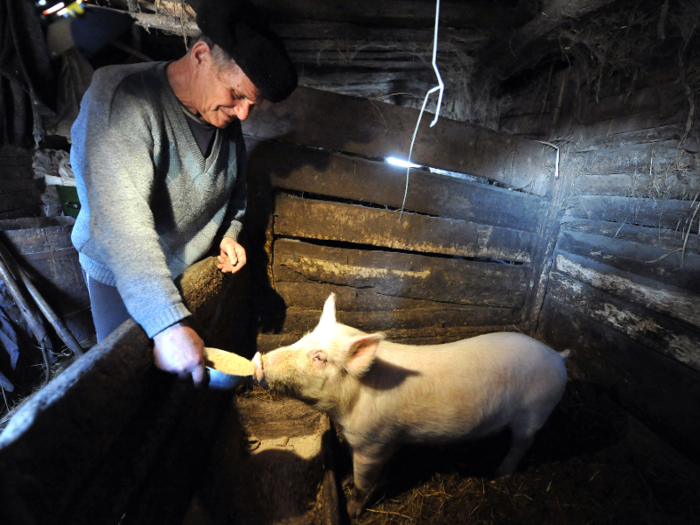
Source: Adventure
He said that life inside the exclusion zone is difficult, though he keeps himself busy by cooking for his chickens and chopping firewood.
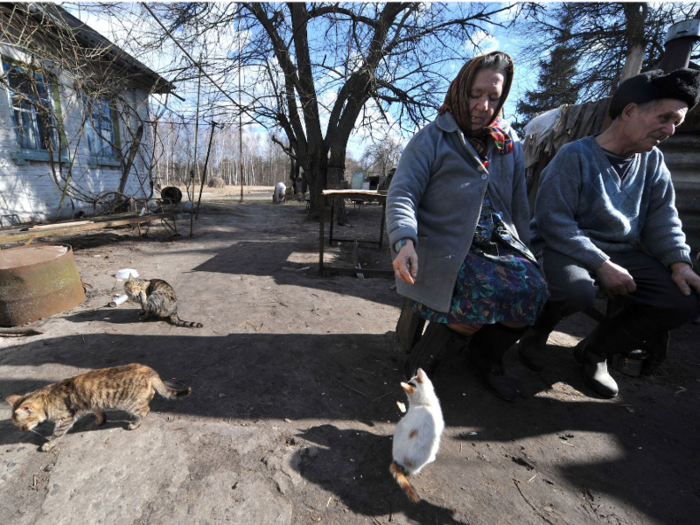
Source: Adventure
He said he still believes it was the right decision to come back to his village after the explosion.
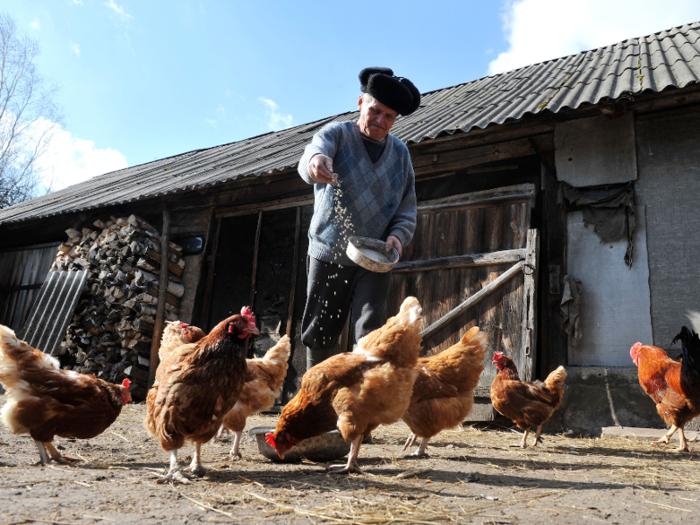
Source: Adventure
"I didn't like the noise in Kyiv," Semenyuk told Adventure, referring to the Ukranian capital city, which is sometimes spelled Kiev. "If I need fish, I go fishing; if I need mushrooms, I go foraging."
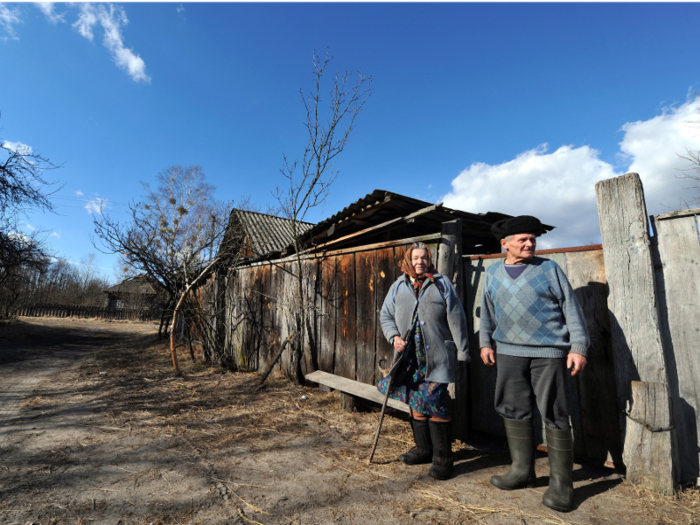
Source: Adventure
Semenyuk said that contrary to popular belief, the radiation levels are low, at least where he was living.
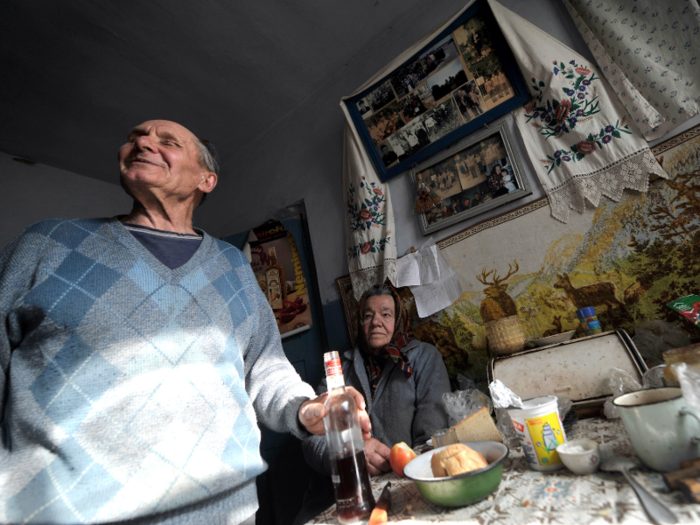
Source: Adventure
According to a United Nations report, for residents living in low contamination areas for 20 years after the explosion, the radiation they were exposed to amounts to the equivalent exposure given off from a CAT scan.
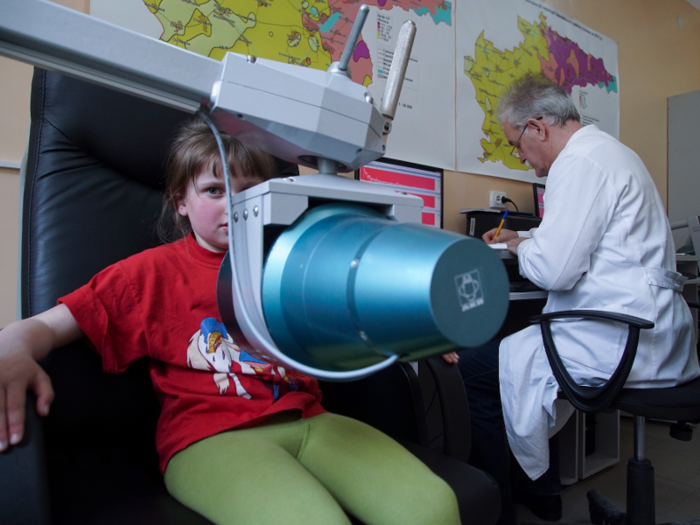
But the environmentalist group Greenpeace concluded in a review that children in the contaminated zone exhibited weak respiratory, digestive, and immune systems.
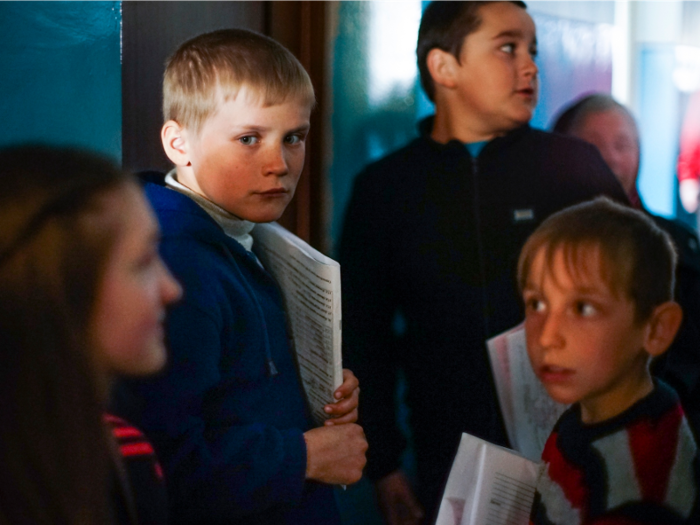
Source: AP and Greenpeace
And a study funded by the European Union found that 81% of 4,000 children living in the contaminated zone over the course of three years showed cardiovascular insufficiencies, meaning the strength of the muscles in their hearts was reduced, which can lead to shortness of breath.
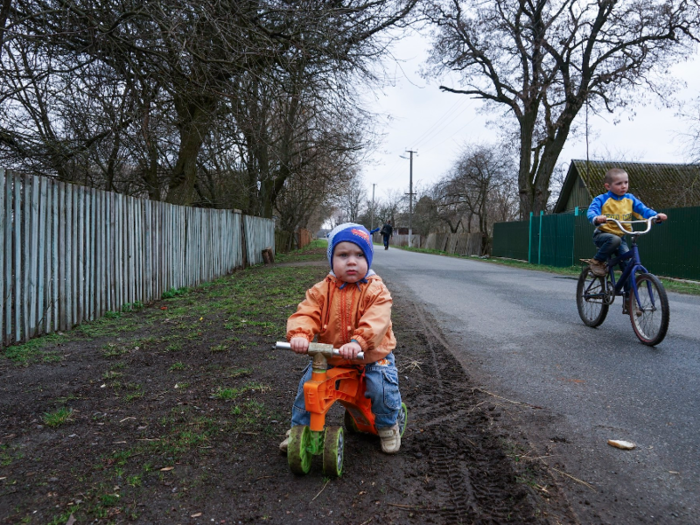
Source: AP and CardioSecur
Water and land within the zone have shown signs of contamination that are still present today.
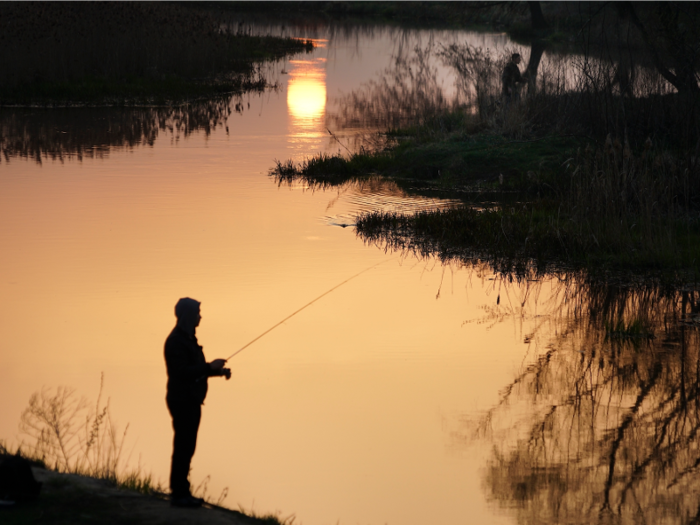
The Ukranian Institute of Agricultural Radiology recently found amounts of radioactive caesium-137 in cow's milk in some areas outside the exclusion zone that could be potentially dangerous when ingested.

Source: BBC and Science Direct
That means radioactive particles oozed into the ground and grass, which had then been consumed by livestock.
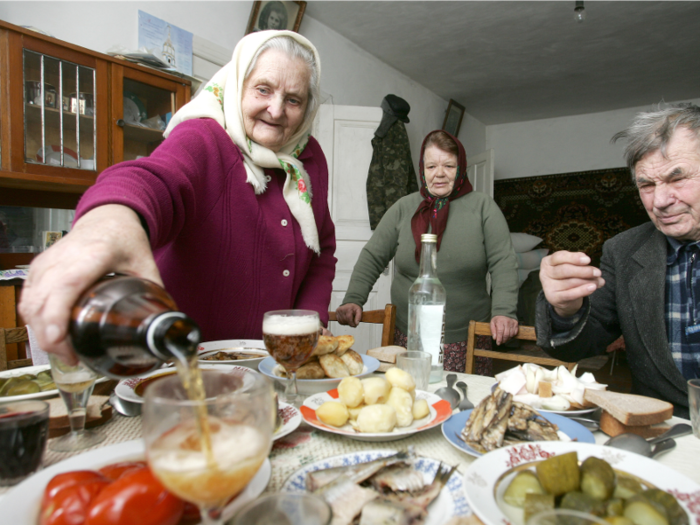
Source: BBC
According to Ukraine's Institute of Agricultural Radiology, high radiation levels have been found in foods grown in the forests within the contaminated zone — two to five times higher than what is considered safe.
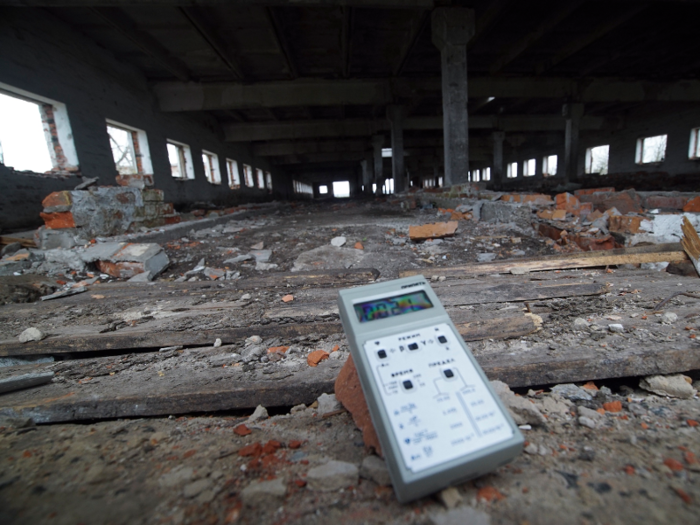
Source: AP
Ingesting large quantities of radiation puts residents at risk of serious health issues, like thyroid cancer.

Source: BBC
Victoria Vetrova told the AP in 2016 that her 8-year-old son has an enlarged thyroid, which is a condition that has been linked to radioactive exposure.
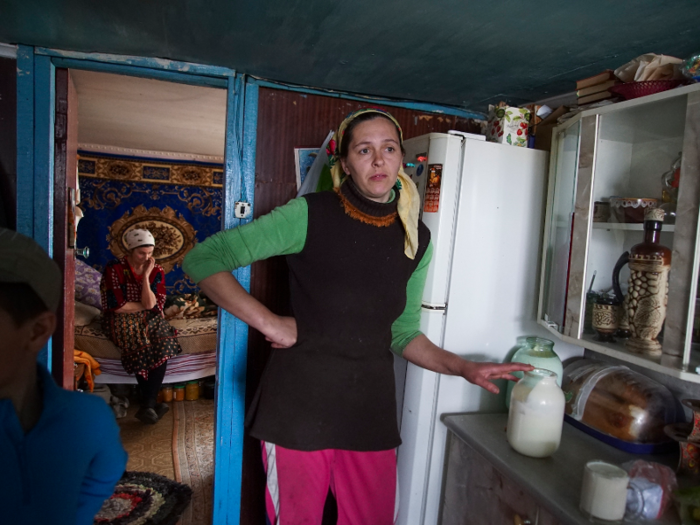
Source: AP
Vetrova lives in the village of Zalyshany, which is in the fourth zone of the exclusion zone, 32 miles southwest of the ruined power plant. After the nuclear meltdown in 1986, the most heavily affected areas in Ukraine were categorized into four zones. Evacuations were carried out in the first three, with residents there qualifying for resettlement.
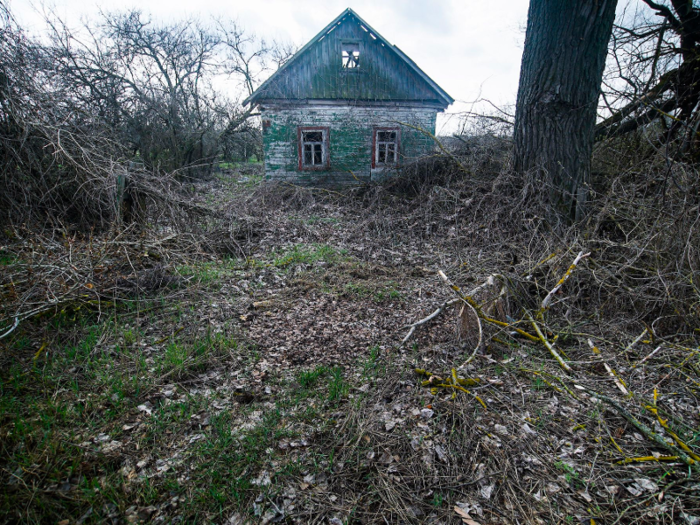
Source: AP
But the fourth zone wasn't considered as contaminated as the other three zones, since it's further away from the power plant, and instead is eligible for government aid to help with health issues stemming from the radioactive fallout.
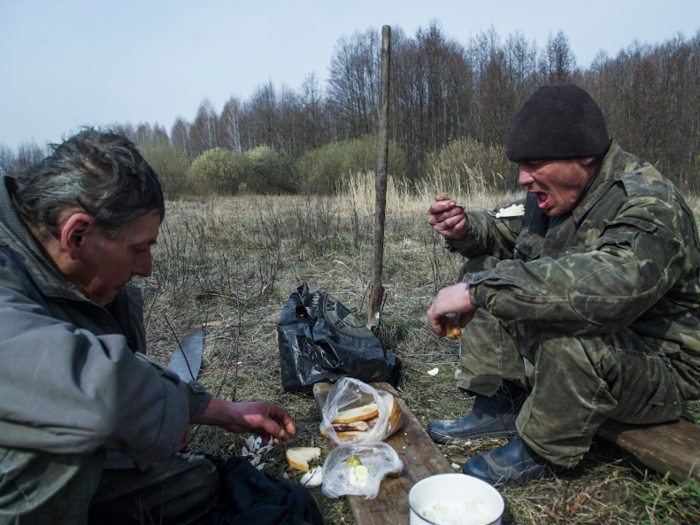
Source: AP
But in 2015, a financially weakened Ukranian government canceled lunches at local schools, cutting off the only source of uncontaminated food for 350,000 children in the area, according to the AP.
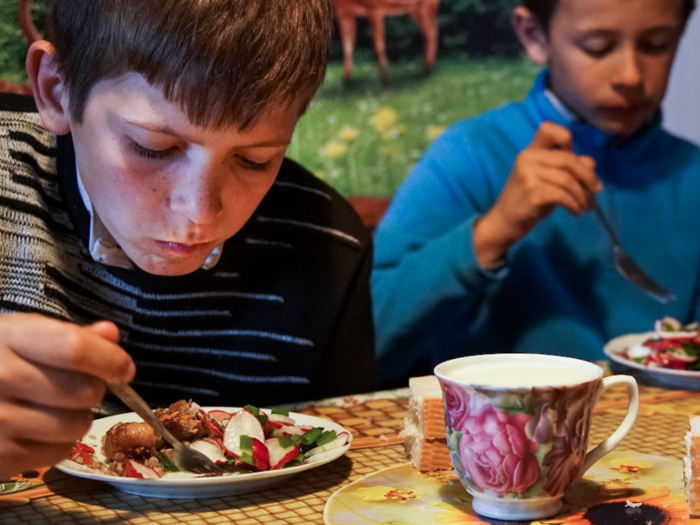
Source: AP
So to feed her four children, Vetrova relied upon milk from her family's two cows and by what she found scavenging the forest, despite the toxicity she said she knows is lurking in the land.
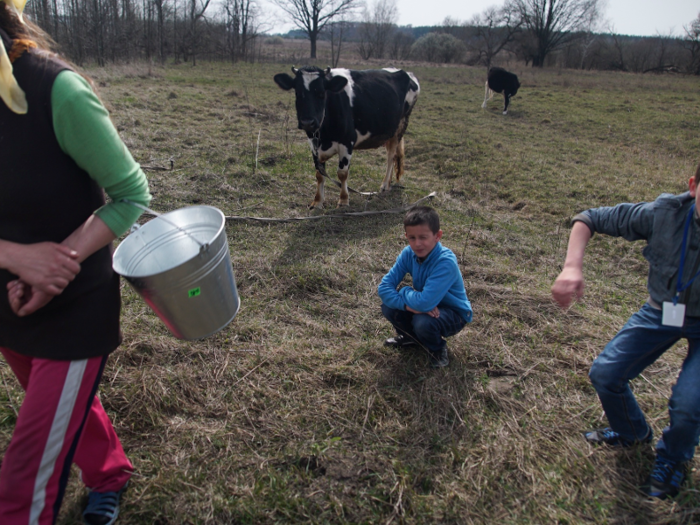
Source: AP
"We are aware of the dangers, but what can we do?" Vetrova told the AP. "There is no other way to survive."
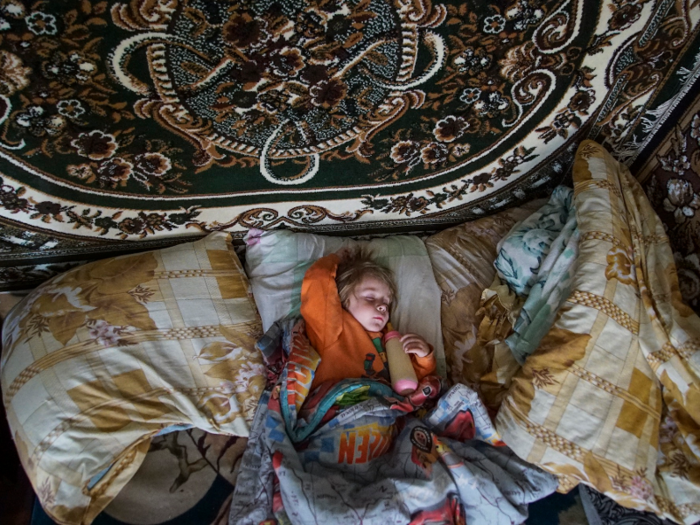
Source: AP
"Hot meals in the schools were the only clean food, which was tested for radiation, for the children," Natalya Stepanchuk, a teacher in Zalyshany, told the AP in 2016. "Now the children have gone over to the local food, over which there is absolutely no control."
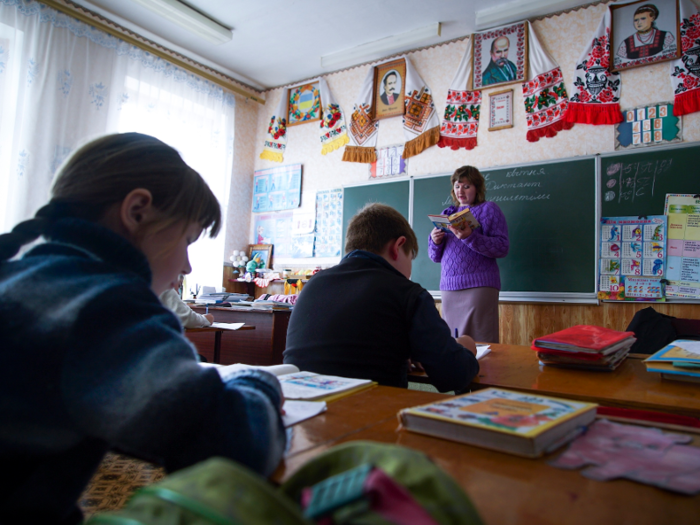
Source: AP
The lunch cancellations didn't affect kindergartens, but the cook for a local kindergarten, Lyubov Shevchuk, said the older children faint from lack of food. "I try to at least give them some hot tea, or take from one child to give to another," Shevchuk told the AP.
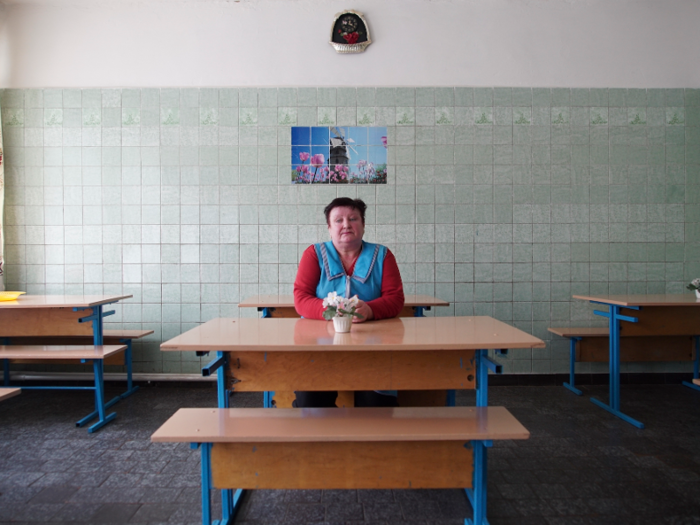
Source: AP
Nine-year-old Olesya Petrova lives in Zalyshany and told the AP that she often goes without lunch. She's fond of scrounging for berries and other tidbits in the forest, despite the potential radiation ingestion.
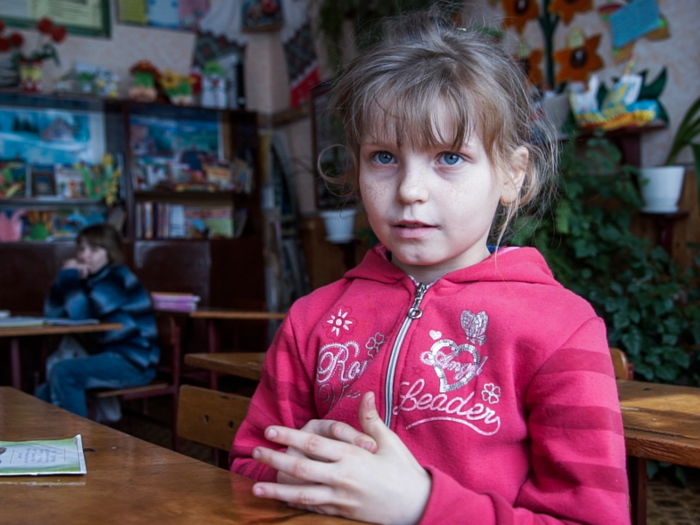
Source: AP
"In the forest, you don't need money," Petrova told the AP. "There's all kinds of food that can feed everyone."
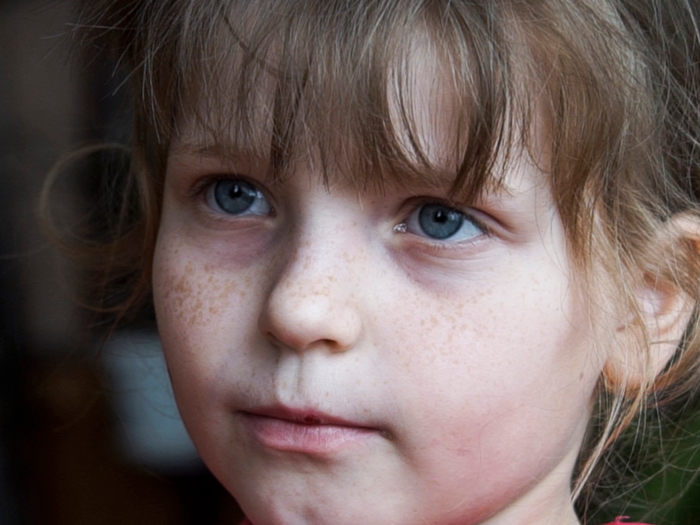
Source: AP
In the village of Tulgovich, where Ivan Semenyuk told Reuters he lived, a mobile shop stops by once or twice a week selling residents foodstuffs.
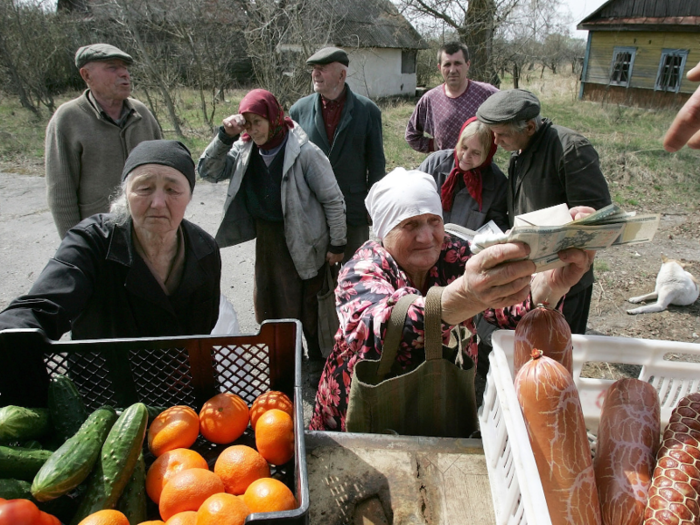
Shamyanok told Reuters that his granddaughter also comes to cook for him on Saturdays and to clean his house.
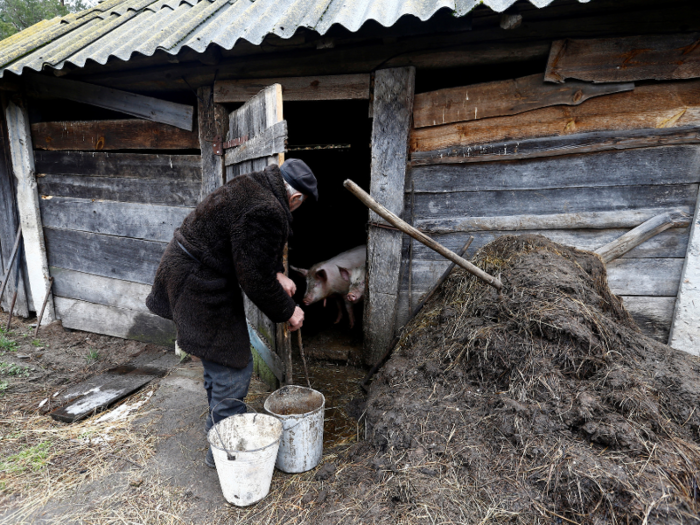
Source: Reuters
He said, in fact, that life didn't change much for him after the Chernobyl disaster.
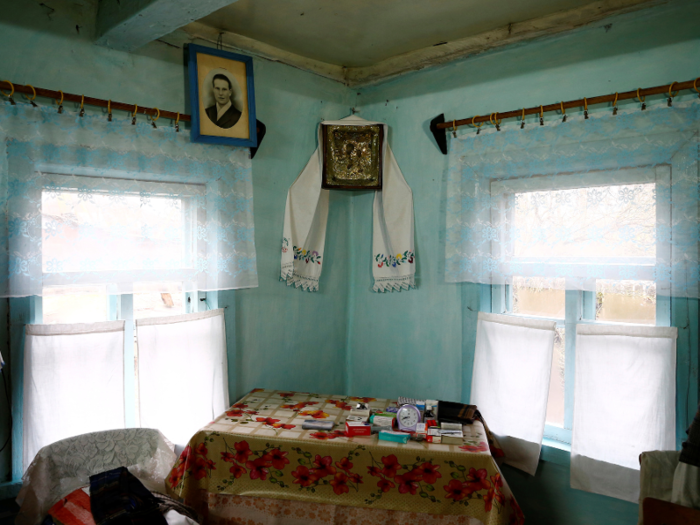
Source: Reuters
Popular Right Now
Popular Keywords
Advertisement
